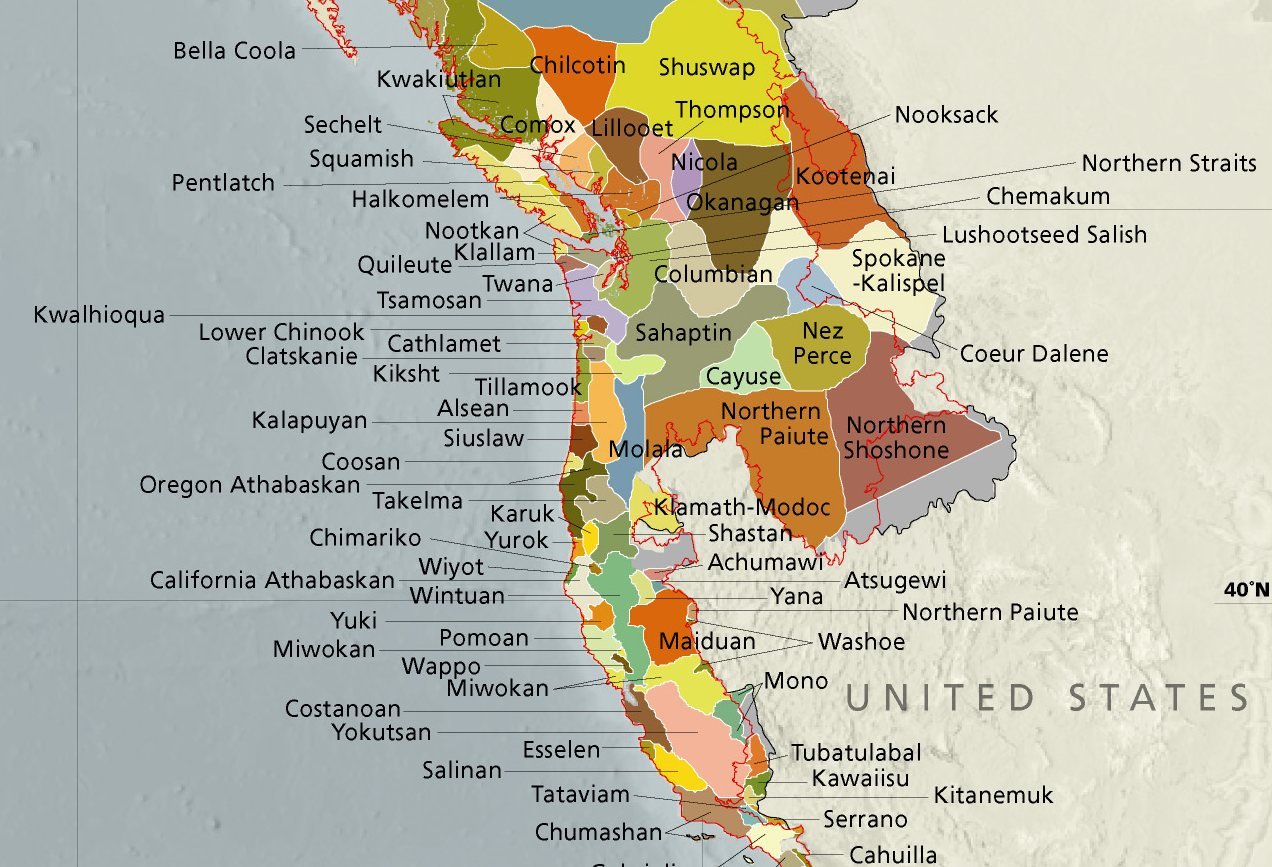The shift of Canada from French territory to British following the French and Indian War, followed by the significant violence in the Great Lakes region during Pontiac’s War soon after, marked the beginning of a period of significant change in the North American fur trade. Hoping to completely push out their Canadian rivals, the Hudson’s Bay Company (HBC) raised the prices they paid for furs. Though not entirely successful, due to many of the natives having long-standing and close relationships with the Canadian traders, it did make things extremely difficult for them. As a result, the Canadian companies began to recognize that they needed to hire better educated staff to deal with the more complex business situation they were facing. Unfortunately, most of the Canadian traders lacked such an education. Instead, the companies began hiring Scots, who were immigrating en masse to the newly opened Quebec, many of whom had received a formal education. As a result, within a few decades these Scots largely ran the Canadian fur trade, the Canadians reduced to hired labor, which totally didn’t cause any deep-seated animosity whatsoever.
Now by the 1770s, the HBC, coming to the realization that their strategy wasn’t going to work, decided on a new strategy of building a series of inland trading posts in what is today Saskatchewan, with the goal of increasing direct trade with the Blackfeet, thus avoiding having to pay the added cost of dealing with the Iron Confederacy which controlled the trade in the Canadian Prairies, both the flow of furs from the Blackfeet and the flow of buffalo meat north to the Chipewyan who controlled the Arctic fur trade. Now of course this didn’t sit well with the Iron Confederacy, but there was little they could do about it given the HBC was their primary supplier of guns, which they needed to maintain their dominance. As for the Blackfeet, while they were glad for the direct trade access, they were also mindful that the Iron Confederacy was their main source of guns, which they needed to keep whooping up on the Shoshone, which the Iron Confederacy liked since it kept the Shoshone out of the way. So yeah, the thing was kind of a complete cluster fuck.
Anyways, this convinced many of the now Scot run Canadian trading companies in Montreal to join forces to form a company large enough to take on the HBC, creating the North West Company (NWC) in 1779. Building their own inland trading posts in the same region, the NWC competed directly with the HBC. It was then that things really began to take a crazy shit turn as the smallpox pandemic swept the region in 1782, killing between a third to two-thirds of all the natives and completely upsetting the balance of power. In the Northern Plains, the once powerful agrarian Siouan nations along the Missouri River suffered greatly, which allowed the Sioux to sweep in and seize control of large amounts of territory. These Siouan nations were the primary source of horses for the Iron Confederacy, which further weakened them, while the less than friendly Sioux effectively blocked travel through their territory. As a result, the NWC was forced to focus more of its resources to the Canadian Prairies, which in turn resulted in a new American fur trade based in St. Louis beginning to form further south.
Now by this time the fur trade had moved deeper into the Rocky Mountains, leaving the Blackfeet just another middleman in the process, one which was increasingly beginning to supplant the Iron Confederacy thanks to all the trading posts springing up in what is today Saskatchewan and Alberta. Not liking this one bit, the Iron Confederacy began to try and move west to push out the Blackfeet, similar to how they had pushed out other groups in the past. However, the Blackfeet, having more direct access to guns thanks to the increased trade with the NWC, united with a number of other nations to form the Blackfeet Confederacy in 1790, which proved more than a match for the Iron Confederacy. The decades of low-key warfare which followed only benefited the HBC and NWC, who suddenly were getting pretty sweet deals on furs, what with the increased demand for guns by both sides. However, this didn’t stop the NWC from looking for further better deals, with the company sending an expedition overland to the Pacific in 1793, with the goal of exploring how to cut the two confederacies out of the trade all together. However, lucky for the two native alliances, the distraction of a growing conflict in Europe delayed the implementation of any such plans, at least for the time being.






